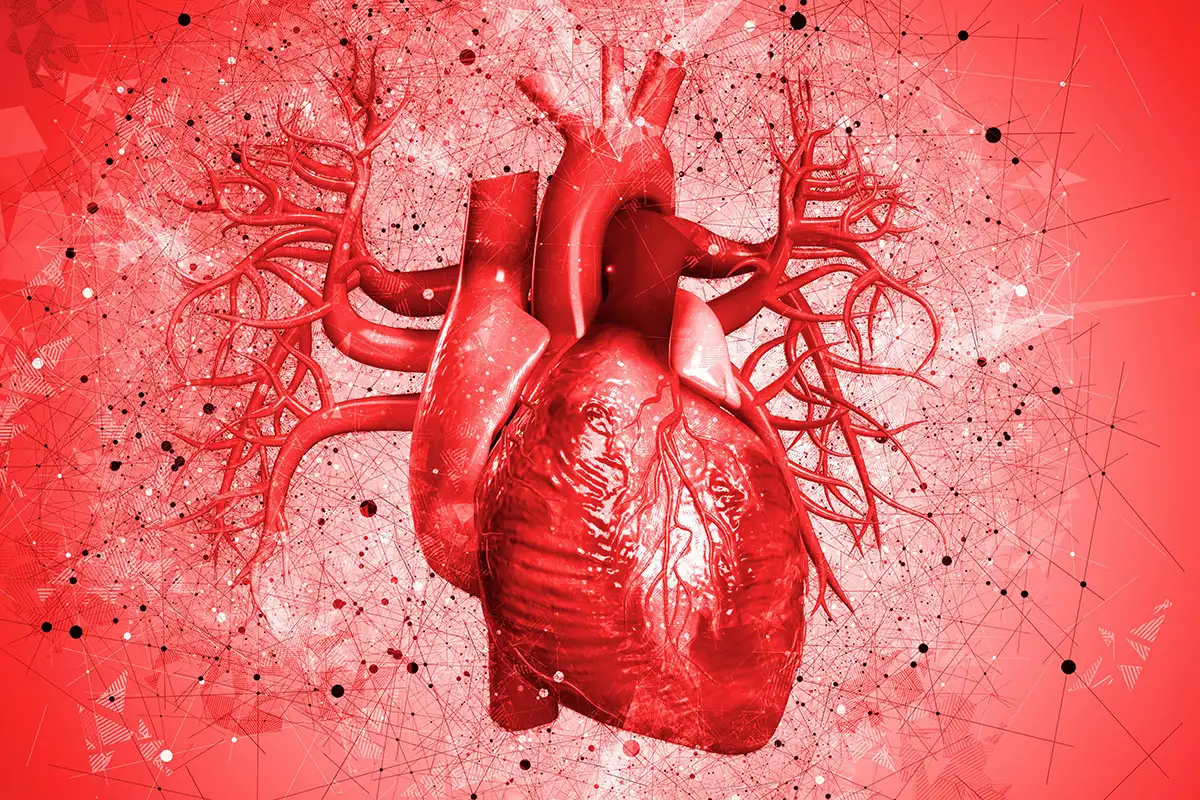
Lab-grown mini-hearts beat like the real thing
A team of researchers have created in the lab human “mini-hearts” with clearly beating chambers. They are no bigger than sesame seeds, and they pulse with a hypnotic rhythm.
Researchers programmed human pluripotent stem cells, which have the ability to differentiate into any kind of tissue, into various types of cardiac cells. They aimed to create the three tissue layers present in the walls of a heart chamber, one of the first parts of the heart to develop. Next, the researchers immersed the stem cells in different concentrations of growth-promoting nutrients until they found a recipe that coaxed the cells to form tissues in the same order and shape seen in embryos.
After 1 week of development, the organoids are structurally equivalent to the heart of a 25-day-old embryo. At this stage, the heart has only one chamber, which will become the left ventricle of the mature heart. The organoids are about 2 millimetres in diameter and include the main types of cells typically present in this stage of development: cardiomyocytes, epithelial cells, fibroblasts, and epicardium. They also have a clearly defined chamber that beats at 60 to 100 times per minute, the same rate of an embryo’s heart around the same age.
The mini-hearts, survived for more than 3 months in the lab, will help scientists see heart development in unprecedented detail. They might also reveal the origins of cardiac problems like congenital heart defects in babies and cardiac cell death after heart attacks.
Researchers also froze pieces of the organoids to test their response to injury. They saw that cardiac fibroblast, a type of cell responsible for maintaining tissue structure, migrated to the damaged areas to repair the dead cells, just as in babies that experience heart attacks
The next logical step is to connect beating heart organoids to vascular networks and test their ability to pump blood.
The team plans to try to adjust the nutrient broth to produce organoids with all four chambers. With such advanced heart organoids, researchers could explore the many developmental heart problems that arise when these additional cavities start to form.
 English
English Arabic
Arabic


